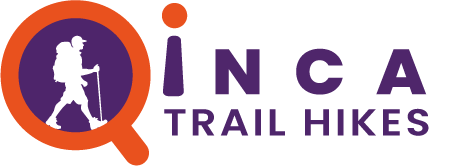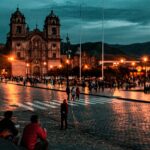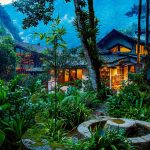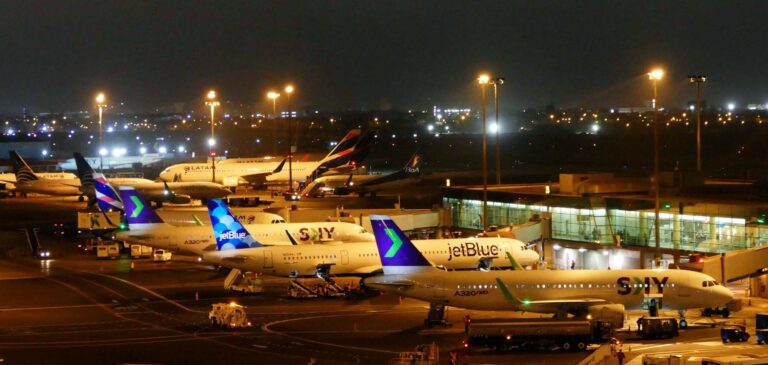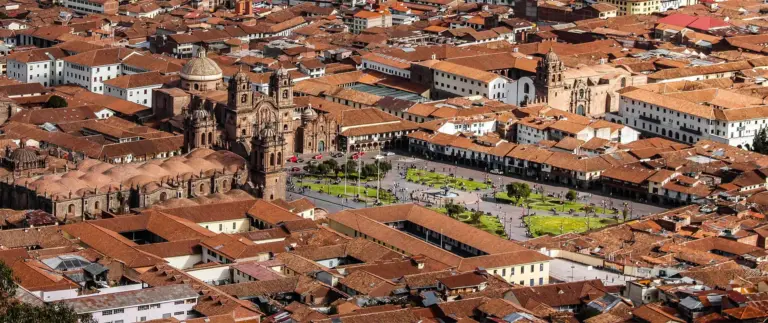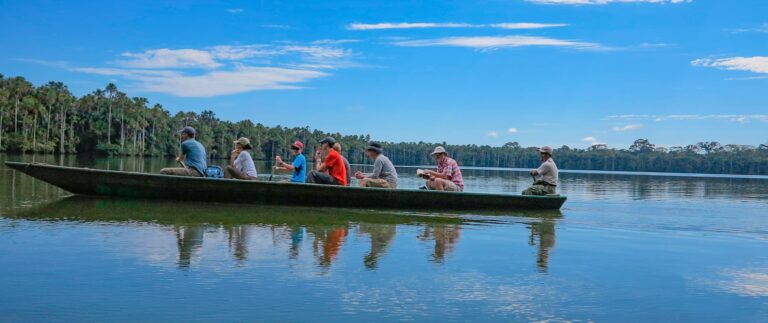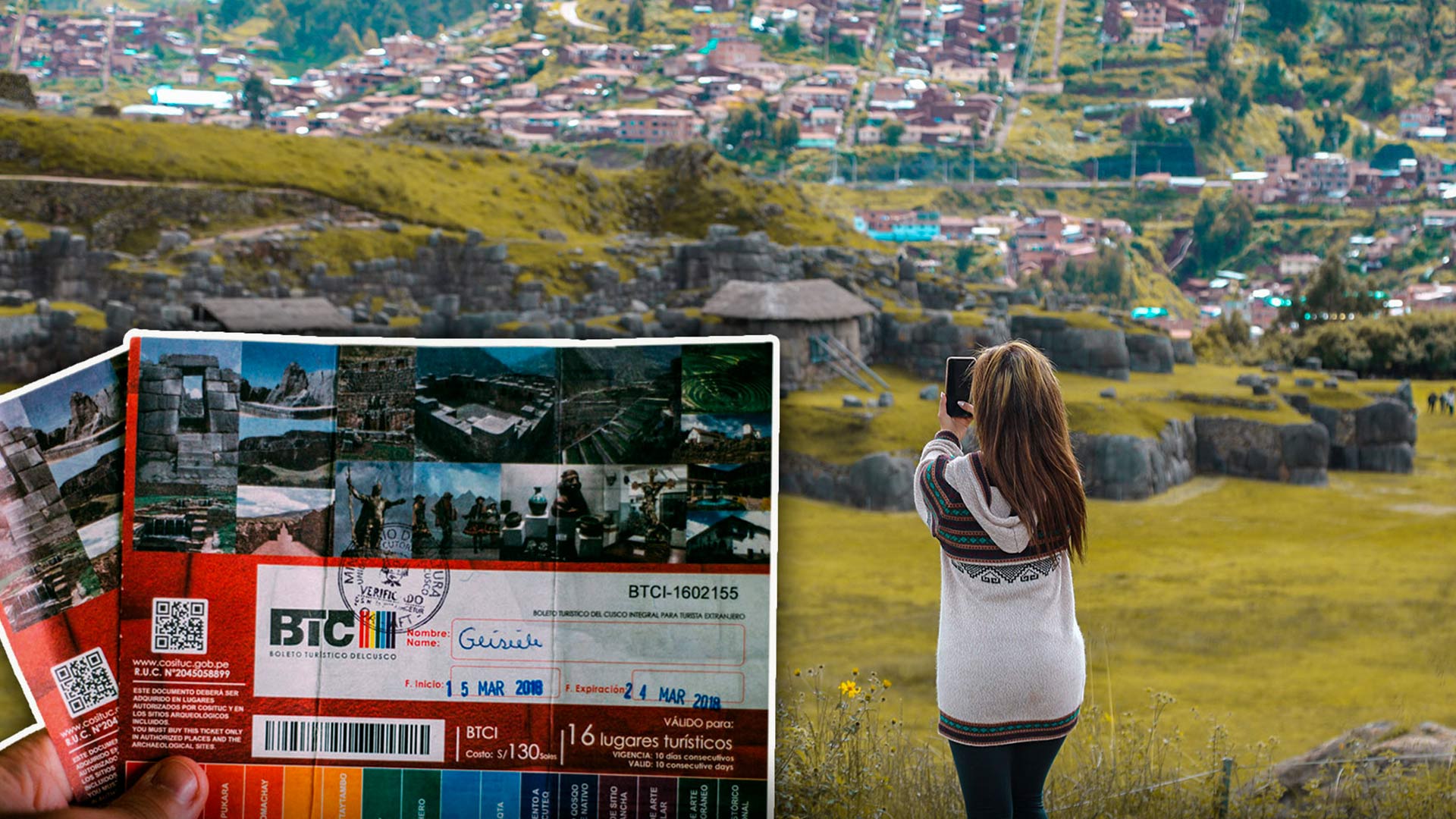
When traveling to Cusco and you want to see all the best sites a Boleto Turistico is a must purchase. So what is the Boleto Turisto you may ask? There is much to see and do in and around the city of Cusco. The Boleto Turistico allows you to visit many and explore many of the sites at a better price. Here we will supply all the information you need about the Boleto Turistico.
What is the Boleto Turistico?
Boleto Turistico means “tourist ticket” and allows entry into many of the attractions in and around Cusco. It can be confusing when deciding which type of boleto to buy. There are a few different types, some allow entry into just a few sites, and then there’s the “all inclusive” which allows entry to every site.
Depending on how much time you have in Cusco you may have to pick and choose some sites over others. Do you want to see all of the archeological sites, or are you more interested in museums? If you’re feeling confused about which boleto to choose don’t worry we have information about the boleto turistico.
What Places Does the Boleto Turistico Allow Entry?
You will need a Boleto Turistico to enter many of the archeological sites and museums in and around Cusco. The Boleto Turistico allows entry into all of the most impressive sites in Cusco and the Sacred Valley.
***PLEASE NOTE: None of the boleta turistico options allow entry into Machu Picchu! You will need to book that ticket separately.
Archeological Sites
Saqsayhuaman: The most impressive and important fortress in the Incan Empire. Made of megalithic stones, today it’s where the most Important Festival Inti Raymi is celebrated.
Puka Pukara: Believed to be a military base, or possibly a rest point for travelers and nobles, the exact function is still a mystery.
Tambomachay: Potentially a guest house and spa for the Incan elite, it’s also been theorized this site was one of the nine qeques (ritual pathways leading out from Cusco).
Ollantaytambo: The estate of Incan Emperor Pachacutec, Ollantaytambo has many impressive terraces, ruins and the famous “Wall of the Six Monoliths”.
Cinchero: The estate of Incan emperor Túpac Inca Yupanqui and the birthplace of Mateo Pumacahua, a military leader during the independence of Peru. Currently there stands a colonial church above the Inca Palaces.
Qenqo: One of the largest holly sites in the Inca empire, Qenqo is 6 km from the city of Cusco. It’s believed that sacrifices and mummification took place there.
Pisac: A large Incan citadel made of archeological terraces, aqueducts, cemeteries, and other impressive structures. It’s one of the most visited sites in the Sacred Valley
Moray: Sometimes called the “greenhouse of the Inca”, Moray is a series of large agricultural terraces and is believed to have been a type of testing center for Incan agricultural techniques.
Tipon: An interesting archeological site used for ceremonies and agricultural practices. There are many sophisticated fountains that are supplied by both ground and surface water to irrigate the many large terraces.
Pikillaqta: A pre-Inca archeological site, Pikillaqta was a village of the Wari people. Believed to have been a heavily fortified stronghold where large feasts and religious ceremonies took place.
Museums
Museum of Popular Art: A small museum in the historic center of Cusco. This museum only has one room and various exhibits including old photographs of Cusco
Museum of Regional History: Displaying the passage of history from pre-Incan and pre-Columbian times, to the colonial times of the Spanish, and finally to the republic of Peru. This is a great museum to learn about the rich history of the Cusco region and Peru in general.
Museum of Qoricancha: Located in the historic center of Cusco this museum is inside what was the most important temple of the Incan Empire. The museum is located under the Qoricanhca temple and has many Incan artifacts as well as some human remains.
Museum of Contemporary Art: A large museum that has more than 280 works from both regional, national, and foreign artists. This museum is a great example that art in Cusco is not only from the time of the Inca but continues to survive and flourish in the modern age.
Qosqo Center of Native Art: A preforming arts center dedicated to preserving the traditional clothing, song and dance of the Cusco region. Currently there are 50 different dances and 100 traditional songs. There is also a small museum showcasing traditional instruments and clothing.
Monument of Pachacutec: A monument dedicated to the most important Incan Emperor, Pachacutec, the monument is located near the Cusco bus terminal. The monument is made of a huge bronze statue atop a large stone structure.
What Types of Boletos Turisticos are there and What are the Costs?
There are three main circuits to choose from, all of which offer access to a different combination of sites. There is also the option of buying the all-inclusive Boleto Integral ticket. This boleto is the most pricey but, gives you the most time to explore and offers all the sites in Cusco and the Sacred Valley.
Boleto Integral
The boleto integral grants entry to all of the sites in circuits 1, 2 and 3, and grants you 10 days to explore all the sites. For many people this tourist ticket is the best option. It offers the best value, and gives you the most time to explore. If you plan to stay a long time in Cusco and want to see all the sites this is the ticket for you.
- Cost: s130 per person for foreign travelers and s70 for international students
- Duration: 10 days to explore all of the sites included
Circuit 1
This circuit offers entry to the main archeological sites near Cusco however, not to any of the museums or cultural centers. You will only have one day to visit the sites so try and make the most of your time by getting started early. This is a great option if you are only interested in visiting the Cusco archeological sites and don’t have a lot of time in Cusco.
- Cost: s70
- Duration: 1 day
***PLEASE NOTE: You will only have one day to explore all of the sites! If you have the time, it’s better to get one of the other circuits so you have more time to explore.
Included Attractions:
- Saqsayhuaman
- Qenqo
- Puka Pukara
- Tambomachay
Circuit 2
Offering entry to all of the museums and cultural centers in Cusco and two of the archeological sites near Cusco. Circuit 2 is a great option if you are interested in seeing the museums but, are okay with skipping most of the archeological sites. This option grants you 2 days to explore all the sites of interest so you have more time than circuit 1.
- Cost: s70
- Duration: 2 days
Included Attractions:
- Museum of Popular Art
- Museum of Regional History
- Museum of Qoricancha
- Museum of Contemporary Art
- Qosqo Center of Native Art
- Monument of Pachacutec
- Archeological site of Tipon
- Archeological site of Moray
Circuit 3
Offering entry to the 4 most impressive archeological sites in the Sacred Valley, this circuit is for adamant archeology fans. If you aren’t interested in seeing exhibits in museums but, would rather walk in the footsteps of the Incan Empire then look no further. Additionally, this circuit gives you two days to explore which may seem like a lot of time, however, the sites on this circuit are vast. One could spend a couple of days at the Pisac and Ollantaytambo ruins alone. Consider taking a guided tour of the Sacred valley in combination with this circuit so you can get the most out of it.
- Cost: s70
- Duration: 2 days
***PLEASE NOTE: It is not easy to see all of the sites in this circuit in just two days. It’s safer to take a guided tour!
Included attractions:
- Archeological site of Pisac
- Archeological site of Ollantaytambo
- Archeological site of Moray
- Archeological site of Chinchero
Which circuit is the best?
Generally speaking, the all-inclusive Boleto Integral is the best option because it allows entry to all of the sites in circuits 1, 2, and 3. Additionally, it combines museums and archeological sites in both Cusco and the Sacred Valley. You won’t have to make the difficult decision of going to either museums or archeological sites. You will also have 10 whole days to explore the various sites so you can relax a bit more and take your time rather than feeling rushed.
Where to buy your boleto turistico
You can buy your boleto turustico at any of the sites listed above but, you will need to go in person and purchase it at the entry. You can also buy your boleto at the COSITUC office located at Avenida El Sol 103 in Cusco. Unfortunately, you cannot buy tickets online or over the phone you must physically go into the main tourist office or one of the sites.
***PLEASE NOTE: You can buy your ticket at any of places included in the boleto turistico. (except for the Museum of Contemporary Art and Monument of Pachacutec)
Will your tour company include the Cusco boleto turistico?
Unfortunately, you will need to buy your boleto turistico on your own. The price is not part of the tour packages and tour companies are not allowed to sell tickets. It’s best to buy your boleto on the first day of your tour as the tickets are activated the day it’s bought. If you have further questions or concerns you can always consult your tour company. If you are interested in taking a guided tour of the Sacred Valley with a tour operator, we have some great recommendations.
Sacred Valley Tour with Moray & Salt mines included: Orange Nation Peru
Complete Sacred Valley tour from Cusco: Sam Travel Peru
Sacred Valley Tour from Ollantaytambo
